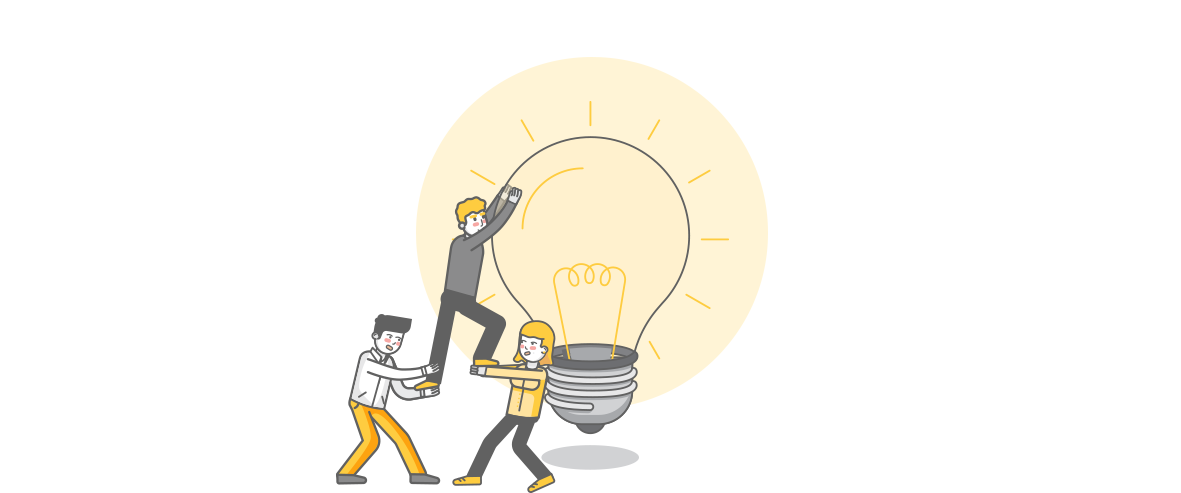If you want to be able to easily step into a state of relaxation and recovery after a busy week, you’ve got to get familiar with your Autonomic Nervous System.
In this article, we’re going to look at the two sides of this system that we switch between based on external and internal stimuli. Sounds really science-y and complicated right? Don’t worry, we’ll keep it super simple and practical.
What all that jargon really means is that we are going to talk about what is actually going on when you feel stressed at work, as well as some proven strategies for getting yourself into a state where you feel calm and clear-headed.
Sounds pretty good right? Let’s jump straight into it.
What is the Autonomic Nervous System?
Our Autonomic Nervous System (ANS) is in charge of the things our body does to keep us alive, without us having to think about it. This includes things like breathing, digesting food and running away from bears.
It’s the stuff that happens automatically; which can be a great thing (yep, breathing is pretty important) and other times, can lead to burnout if we let it sway too much to one side.
Let’s take a look at each part of the Autonomic Nervous System to see how they impact our bodies and our day-to-day lives.
The Sympathetic Nervous System
(Survival Mode)
Back when we were cavewomen and cavemen, we had a lot of physical threats that we had to be ready to respond to in an instant (like sabre-tooth tigers and giant snakes).
Because of this, we needed to have a part of our nervous system that was ready to kick in within seconds to respond to the threat. This is called our Sympathetic Nervous System. Modern-day human beings still have this, and it controls our Fight or Flight responses. For simplicities sake let’s call it our ‘Survival Mode’.

The kicker is we can’t always be in Survival Mode. If we were, we wouldn’t be able to do some of the cooler things that make us uniquely human. Things like complex thinking and planning, conflict resolution and making memes.
We would also become burned out, physically and mentally, really quickly. Think about the last time you were stressed out for more than a couple of days in a row, and how fatigued it made you feel. That’s what happens when the Sympathetic Nervous System is ‘on’ for too long.
That’s why we have the other side of our ANS, the Parasympathetic Nervous System.
The Parasympathetic Nervous System (Recovery Mode)
For the sake of this article, let’s refer to this side of our ANS as our ‘Recovery Mode’. When we are in our Recovery Mode we are in a state of Rest and Digest.

As well as being critical for our long-term survival, it also happens that in this mode we’re best able to think creatively and logically, solve problems, resolve disagreements and keep a cool temper.
While there is a time and place to be stressed (Survival Mode), it is more-often-than-not most beneficial to be in Recovery Mode. Being able to activate it at will not only give us a competitive advantage at work but can also improve long-term health and wellbeing.
So, let’s look at some time-proven tips for activating our Recovery Mode.
3 Tips for Activating Your Parasympathetic Nervous System
#1: Diaphragmatic Breathing
When we get stressed, we often breathe with short, sharp breaths from the top of our lungs. This can often cause a snowball effect where we just get more and more stressed out. Try reversing this process by slowing down your breathing and using your whole diaphragm (push your abdominals out as you breathe in).
#2: Be Mindful
Put simply, mindfulness is the practice of focusing only on what you are doing at that moment (it can be anything from the email you are writing, to simply paying attention to your breath). This can be a great way to calm chaotic thoughts and bring your system out of Survival Mode. Smiling Mind has some great meditations that you can use to strengthen your mindfulness muscle.
#3: Get Moving
Sometimes all it takes to help us recover is to simply get moving. Stand instead of sitting at your desk or go for a walk around the block on your lunch break. This gets our blood flowing, and when we change our physical state, we often change our mental state as well.
There you have it – the Autonomic Nervous System made simple. Now you’ve learned something new, do yourself a favour; take a breath, focus only on what matters right now, and give yourself permission to take at least one movement break today.
Want to learn more about the science of recovery and the role it plays in creating a high performance workplace culture? Take a look at what the program is all about.


